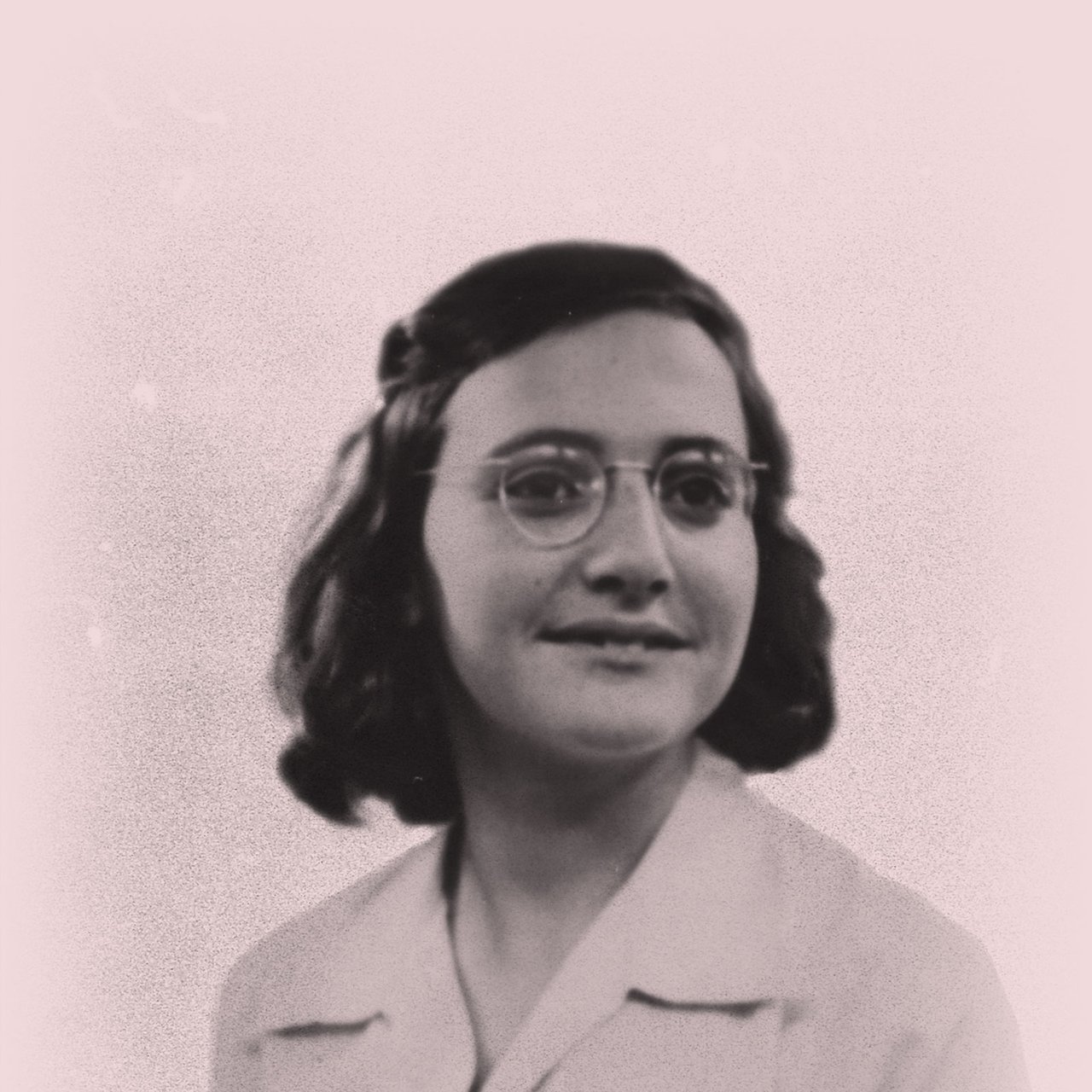Margot Betti Frank was born in Frankfurt am Main on 16 February 1926. She was the first child of Otto and Edith Frank. As a proud mother, Edith wrote everything down in a baby book: from the presents she received to the first time Margot said ‘Mummy' and her first steps. According to Kathi, their maid, Margot was ‘a little princess': always neat and careful.
Margot started school in Germany. She was ‘very diligent!’, her teacher wrote on her first school report. Margot moved to the Netherlands when she was seven years old. Her parents felt that a regular Dutch primary school in their own neighbourhood would be best for her.
Margot's report cards show that she was quick to pick up the new language. At the end of the school year, she already scored 3 on a scale of 5. And by the end of primary school it was 4 out of 5.
